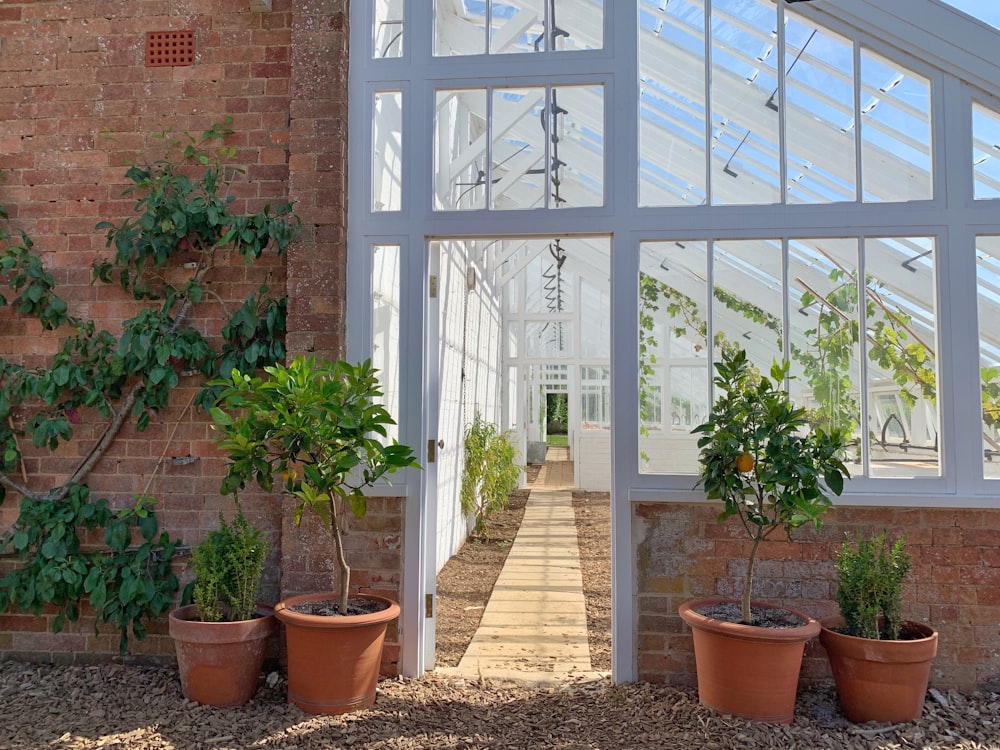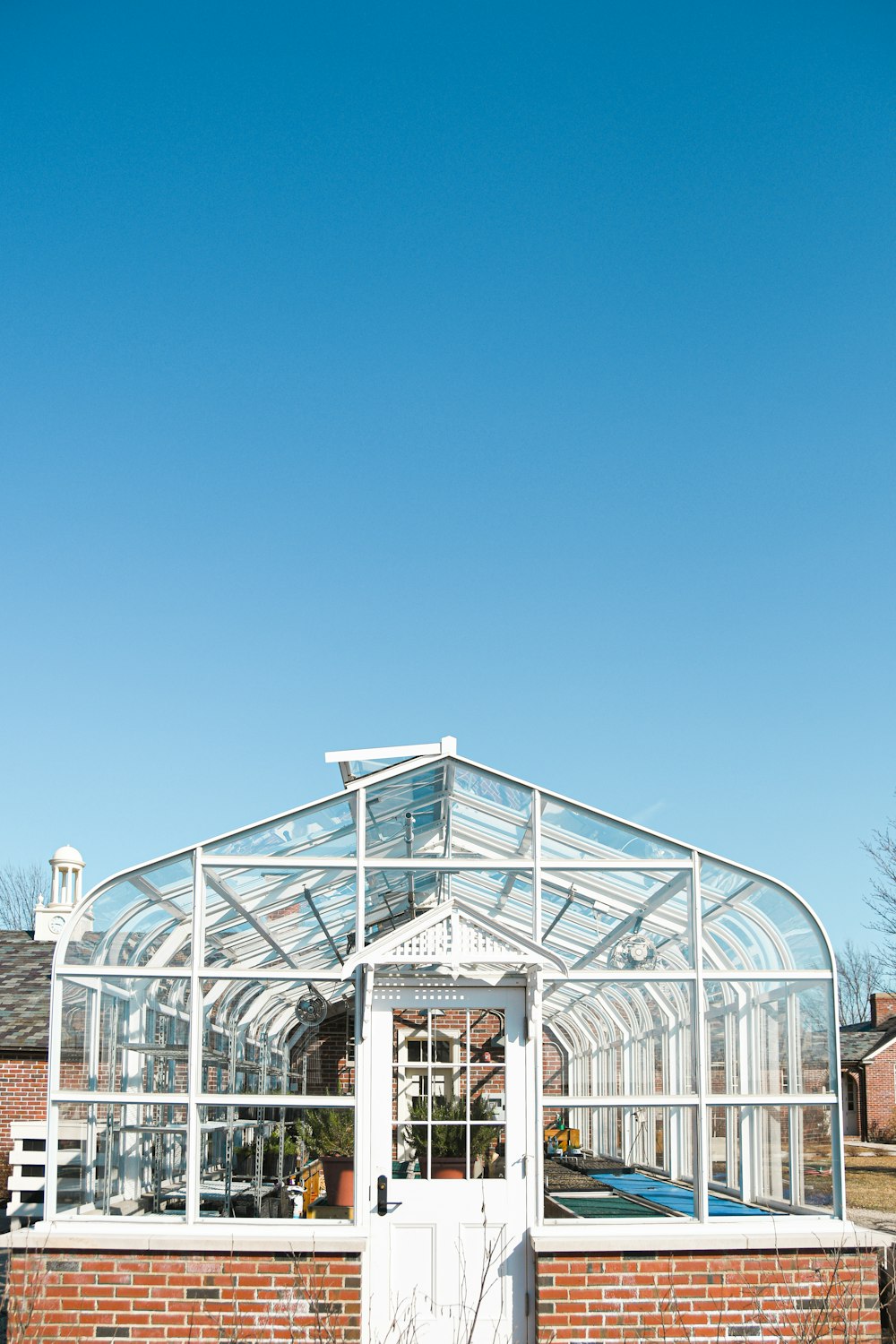A conservatory is more than just an addition to a home; it's a sanctuary of tranquillity and light, blending the comfort of indoor living with the beauty of the outdoors. It's a place where you can enjoy the changing seasons without leaving the comfort of your home, making it a unique and cherished part of any residence. As a result, this architectural feature has become increasingly popular among homeowners seeking to expand their living space. But, do you need planning permission for a conservatory?
In this article, we will explore this question and address the legal requirements surrounding this type of property enhancement, including specific conditions and exceptions. We will also break down the planning permission application process so that you can understand and navigate it with confidence.
What Is Planning Permission?
Planning permission is formal approval from a local authority for the construction or alteration of buildings and land. This process is vital as it ensures that developments are built in harmony with their surroundings, adhere to building codes and don't negatively impact neighbours or the surrounding environment.
Essentially, obtaining planning permission is essential to avoid legal complications, fines or the risk of having to undo construction work. It serves as a safeguard, balancing individual property rights with the wider community's interest.
General Guidelines for Conservatories
So, do you need planning permission for a conservatory?
Generally speaking, conservatories fall under 'permitted development rights' and they usually don’t require planning permission. However, there are a few specific conditions and exceptions that homeowners need to consider before starting on this type of extension to ensure that planning permission is not required. These include restrictions on size and height, distance from property boundaries and whether the property is listed or located in a designated area, such as a conservation area or a World Heritage Site.
Here are the specific conditions and exceptions that you need to consider before you can determine whether you need planning permission for your new conservatory:
- Size restrictions: A conservatory should not cover more than half the area of land around the original house. It should also not extend beyond the rear wall of the original house by more than three or four meters, depending on the type of house.
- Height regulations: The maximum height for a single-story rear conservatory should not exceed four meters. If the conservatory is within two meters of a boundary, the eaves height should not be higher than three meters.
- Designated areas: In areas such as conservation areas, World Heritage Sites, Areas of Outstanding Natural Beauty, or National Parks, stricter rules apply, and planning permission is more likely to be required.
- Listed buildings: For listed buildings, almost any external alteration, including adding a conservatory, will require planning permission.
- Neighbouring rights: If the conservatory impacts the neighbours' right to light or overlooks their property significantly, planning permission will often be required.
These specific conditions emphasise the importance of checking with local planning authorities before starting any construction to ensure all regulations are met and to avoid potential legal issues.

Case Studies and Examples
Here are three fictional examples illustrating different scenarios where planning permission may or may not be required for a conservatory:
- Mr. Smith's townhouse in a conservation area. Mr. Smith, who lives in a conservation area, planned to add a large conservatory to his period townhouse. Due to the property's location and its status as a listed building, he was required to apply for planning permission. The conservatory's design had to be in keeping with the historical character of the area.
- Ms. Johnson's suburban detached home. Ms. Johnson wanted to build a small conservatory at the rear of her detached suburban home. Her design did not exceed the size limits set for permitted development and met all other legal requirements. As a result, she did not need planning permission for her conservatory.
- The Green's semi-detached home in a new development. The Greens planned a conservatory that would take up a significant portion of their garden in a newly developed residential area. Although their initial plan fell within permitted development guidelines, they later decided to exceed the height limit. As a result of this change, they had to apply for planning permission.
How to Apply for Planning Permission for a Conservatory
In the event that your planned conservatory does require planning permission, then it’s important to approach the application process meticulously and consult with your local planning authority (LPA) for specific guidelines. You will also need to prepare detailed plans of your proposed conservatory, ensuring it complies with both planning and building regulations.
The application can be made online through the Planning Portal, a government-approved website. You'll need to fill out the application form, submit your plans and pay the application fee. It's crucial to provide detailed drawings and a site plan showing the conservatory in relation to your house and boundaries.
Your LPA will review the application, which may involve a site visit and consultation with neighbours or local councillors. They will assess the conservatory's impact on the surrounding area, considering aspects like design, size and potential infringement on neighbours' rights.
If the LPA approves your application, they'll grant planning permission, usually with conditions that you must adhere to. If it's denied, you can either amend your plans and reapply or appeal the decision.
Remember, the process can vary slightly depending on your local council, so it's important to seek their advice before you start construction. For detailed guidelines on the application process, refer to your local planning authority's website or the Planning Portal.
Tags:
planning permissionFebruary 8, 2024







Comments